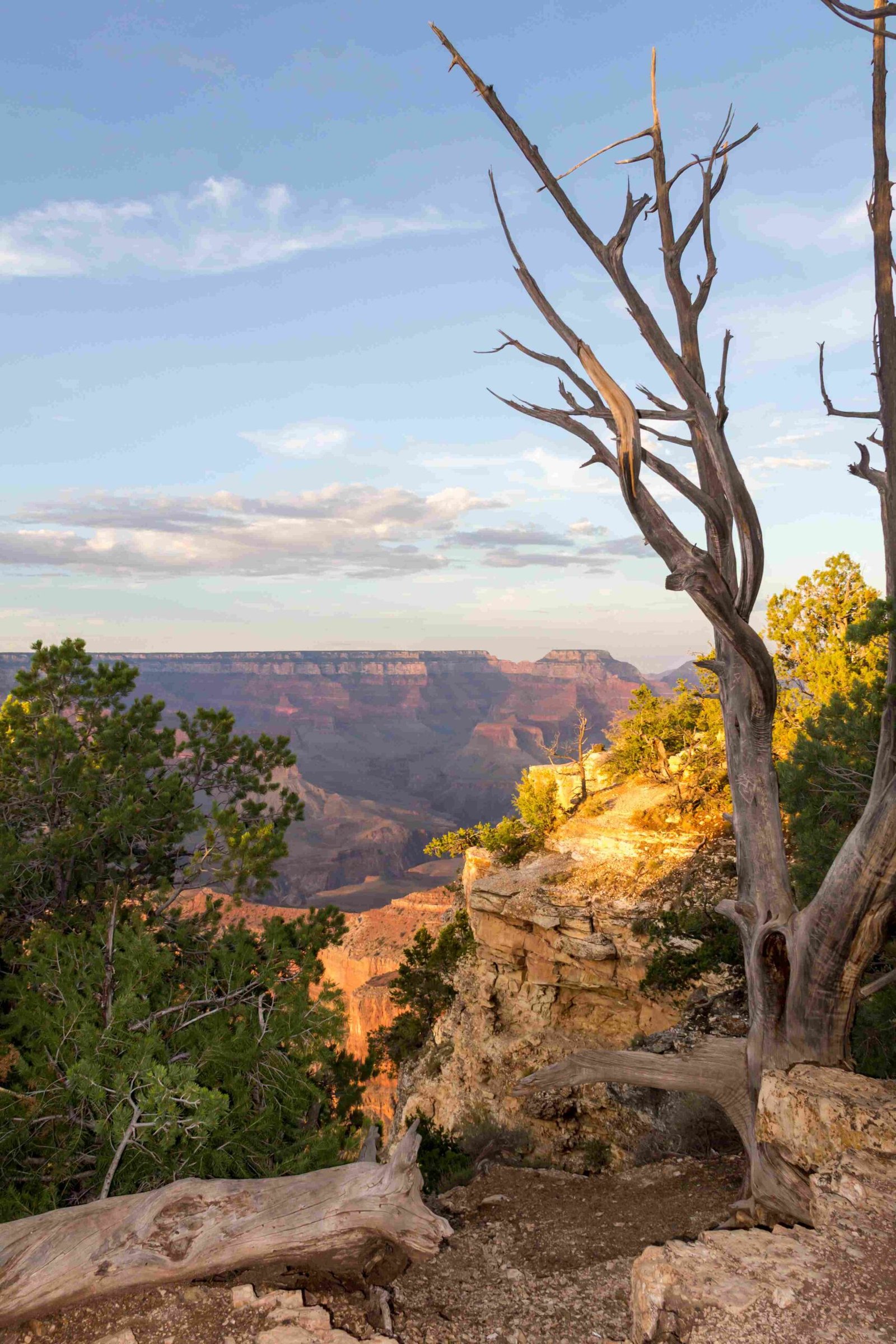The Grand Canyon represents a profound geological narrative where rock layers, tectonic movements, and erosional forces collaboratively sculpt an extraordinary landscape. Over 1.5 billion years, complex geological mechanisms have systematically transformed sedimentary rocks, creating a breathtaking topographical masterpiece that reveals Earth’s dynamic evolutionary processes through exposed stratified formations and dramatic landscape configurations.
What Geological Processes Create Grand Canyon’s Unique Landscape?
Rock Formations and Structural Development
The Grand Canyon’s topography emerges from intricate interactions between sedimentary rock layers, tectonic activities, and erosional forces. These geological components work synergistically to create its distinctive landscape.
Key Rock Layer Characteristics
| Rock Layer | Age (Million Years) | Composition | Topographical Impact |
|---|---|---|---|
| Vishnu Basement | 1,750-1,840 | Metamorphic/Igneous | Foundation Layer |
| Paleozoic Sedimentary | 270-530 | Limestone/Sandstone | Canyon Wall Structure |
| Grand Canyon Supergroup | 729-1,255 | Sedimentary/Volcanic | Intermediate Formations |
How Do Tectonic Forces Shape Canyon Topology?
Tectonic activities play a crucial role in Grand Canyon’s topographical evolution:
- Plateau Upliftment: Approximately 70 million years ago, tectonic forces elevated the Colorado Plateau
- Fault Line Interactions: East Kaibab Monocline creates significant geological flexures
- Structural Deformation: Rock layers tilted and repositioned through geological events
What Role Does Erosion Play in Landscape Formation?
Erosional processes fundamentally transform the Grand Canyon’s topography:
- Hydraulic Erosion
- Colorado River primary erosional agent
- Cutting through rock layers for 6 million years
-
Creating deep canyon channels
-
Chemical Weathering
- Dissolving limestone and soluble rocks
- Generating complex surface features
- Contributing to landscape diversification
How Do Geological Timescales Influence Topographical Development?
The Grand Canyon’s topography represents a multi-million-year geological narrative:
- Precambrian Era: Initial rock formation
- Paleozoic Period: Sedimentary layer deposition
- Recent Geological Time: Active landscape modification
What Mechanisms Control Rock Layer Exposure?
Several mechanisms contribute to rock layer exposure:
- Differential erosion rates
- Varying rock hardness
- Vertical displacement through tectonic movements
- Selective weathering processes
Scientific Insights into Topographical Evolution
Geologists utilize multiple techniques to understand topographical development:
- Radiometric dating
- Stratigraphic analysis
- Geomorphological mapping
- Computational modeling
Visitor Exploration of Geological Landscape
Visitors can explore geological topography through:
- Ranger-led geological tours
- Trail of Time exhibit
- Accessible rim trails
- Interpretive visitor center displays
Conclusion: A Living Geological Narrative
The Grand Canyon represents an ongoing geological story, continuously shaped by complex interactions between rock formations, tectonic forces, and erosional processes.

